Subtitle: A Timeline for the Transition from STEM to STEaM
Tonight, I was inspired to research the ultimate inclusion of the arts into the STEM* domain...vis a vis, "STEaM." While the "a" refers to "the arts," there is an implicit expectation that the arts involves creativity that is anticipated to fuel critical thinking that results in innovation.
Gradually, I will add more and more to this timeline; at the moment, it simply contains my first thoughts about this progression.
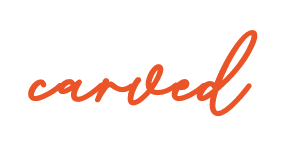 9600 - 3200 BC - Göbekli Tepe is one of the earliest identified engineering feats, consisting of 20 circles with 200 massive carved pillars. It's tough to tell where the science ends and the beauty begins. Link shows several other examples of engineering married with the arts.
9600 - 3200 BC - Göbekli Tepe is one of the earliest identified engineering feats, consisting of 20 circles with 200 massive carved pillars. It's tough to tell where the science ends and the beauty begins. Link shows several other examples of engineering married with the arts.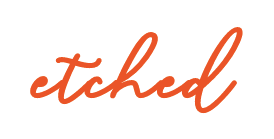 3200 B.C. - Newgrange in County Meath, Ireland was designed to be aligned with the winter solstice. A search of "Newgrange symbols" will highlight the beauty in its etched stones.
3200 B.C. - Newgrange in County Meath, Ireland was designed to be aligned with the winter solstice. A search of "Newgrange symbols" will highlight the beauty in its etched stones.- 2550 to 2490 B.C. - the Egyptians created 3 pyramids at Giza, which handily married math, engineering and architecture, in a form that has remained for over 4 millennia. (Retrieved from link.)
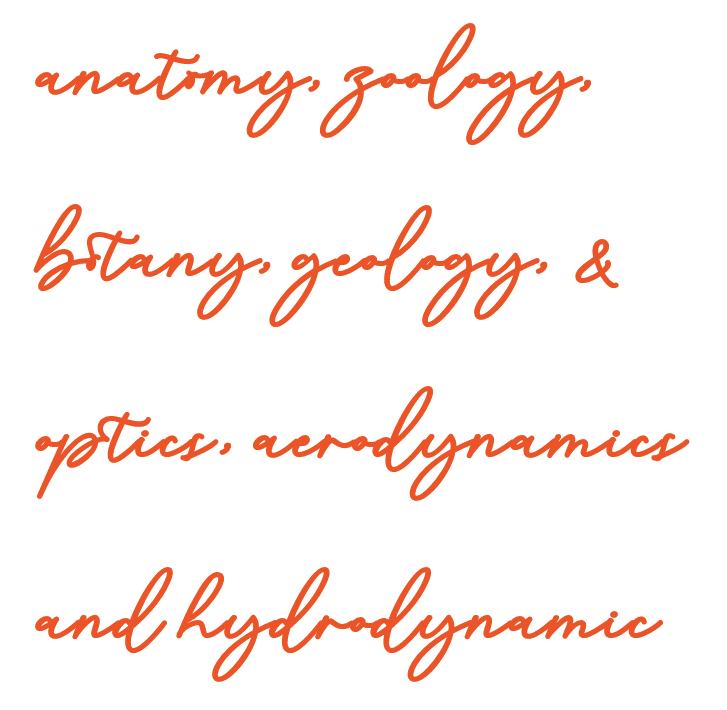 1505 AD - in Milan, Italy, the esteemed artist and polymath Leonardo da Vinci accelerated his scientific interest and designs. The domains he explored included “anatomy, zoology, botany, geology, optics, aerodynamics and hydrodynamics.” (Retrieved from https://www.mos.org/leonardo/scientist/)
1505 AD - in Milan, Italy, the esteemed artist and polymath Leonardo da Vinci accelerated his scientific interest and designs. The domains he explored included “anatomy, zoology, botany, geology, optics, aerodynamics and hydrodynamics.” (Retrieved from https://www.mos.org/leonardo/scientist/) 1646 to 1717 - Entomologist Maria Sibylla Merian published a seminal, illustrated two-volume work on caterpillars. While this gave her recognition in the arts, she followed this up with a visit to a self-funded research trip to Suriname in 1699. (Retrieved from, https://news.artnet.com/art-world/artists-who-were-scientists-1821906)
1646 to 1717 - Entomologist Maria Sibylla Merian published a seminal, illustrated two-volume work on caterpillars. While this gave her recognition in the arts, she followed this up with a visit to a self-funded research trip to Suriname in 1699. (Retrieved from, https://news.artnet.com/art-world/artists-who-were-scientists-1821906) 1791 to 1872 - It would be challenging to have studied the world of communications without recognizing the name of Morse...as in, "Morse code." Many large towns continue to have a street named subtly in his honor, "Telegraph Rd." Yet one may be forgiven for not realizing that Samuel Morse was a Royal Academy of London-trained artist. Because of his love for neoclassical themes, his artwork was better appreciated across the pond. (Retrieved from https://news.artnet.com/art-world/artists-who-were-scientists-1821906)
1791 to 1872 - It would be challenging to have studied the world of communications without recognizing the name of Morse...as in, "Morse code." Many large towns continue to have a street named subtly in his honor, "Telegraph Rd." Yet one may be forgiven for not realizing that Samuel Morse was a Royal Academy of London-trained artist. Because of his love for neoclassical themes, his artwork was better appreciated across the pond. (Retrieved from https://news.artnet.com/art-world/artists-who-were-scientists-1821906)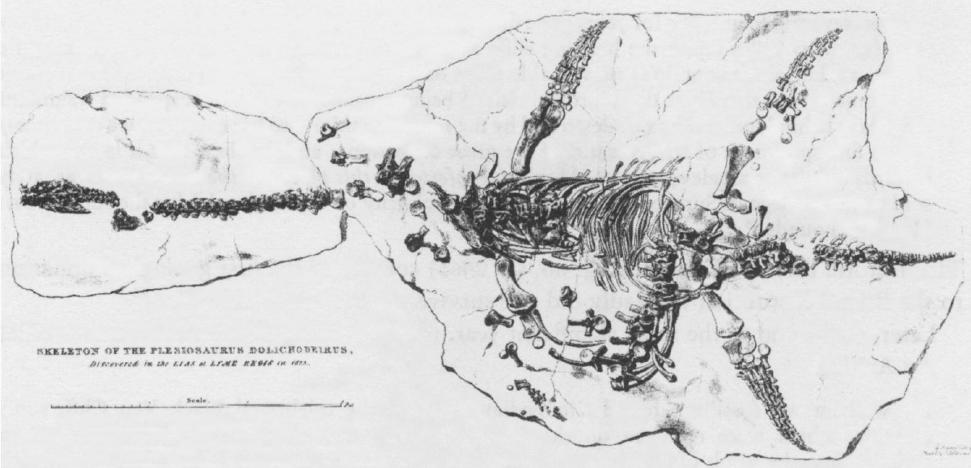 1823 and beyond - the famous Mary Anning, a citizen paleontologist who continually schooled the scientists of her time, “would draw fossil diagrams using reconstituted fossil belemnite ink.” Her drawings, some of the first representations of many extinct animals, are held in
1823 and beyond - the famous Mary Anning, a citizen paleontologist who continually schooled the scientists of her time, “would draw fossil diagrams using reconstituted fossil belemnite ink.” Her drawings, some of the first representations of many extinct animals, are held in  multiple museums. Retrieved from https://www.fossilguy.com/articles/mary-anning/index.htm and https://en.m.wikipedia.org/wiki/Mary_Anning
multiple museums. Retrieved from https://www.fossilguy.com/articles/mary-anning/index.htm and https://en.m.wikipedia.org/wiki/Mary_Anning- 1852 to 1934 - One of the fathers of the field of neuroscience, Santiago Ramón y Cajal, illustrated his writings with original art. As it happens, he was interested in becoming an artist before his father convinced him to
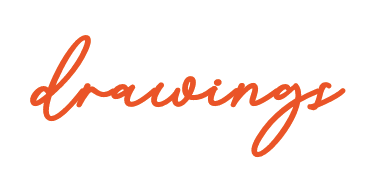 practice medicine. A search of his drawings of cells and other brain components demonstrates images almost precient to the notions of art in the 20th century. He received the Nobel Prize in 1906. Retrieved from https://publicdomainreview.org/collection/illustrations-of-the-nervous-system-golgi-and-cajal/
practice medicine. A search of his drawings of cells and other brain components demonstrates images almost precient to the notions of art in the 20th century. He received the Nobel Prize in 1906. Retrieved from https://publicdomainreview.org/collection/illustrations-of-the-nervous-system-golgi-and-cajal/ - 1900 (1866-1943) Beatrix Potter wrote children's stories, illustrated them, and submitted papers to the Linnean Society related to the field of mycology, specifically fungi.
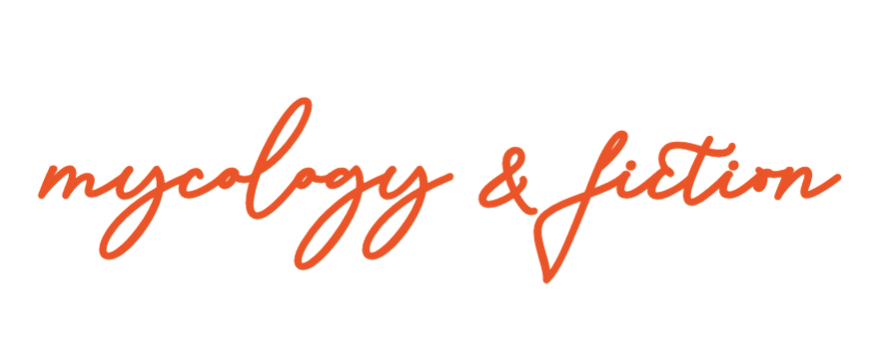 Since neither her books nor her paper were published, she needed to take matters under her own hands, by self-publishing. One of her key sources of information for her artwork was the museum of natural history. See https://www.linnean.org/the-society/history-of-science/beatrix-potter-the-tale-of-the-linnean-society
Since neither her books nor her paper were published, she needed to take matters under her own hands, by self-publishing. One of her key sources of information for her artwork was the museum of natural history. See https://www.linnean.org/the-society/history-of-science/beatrix-potter-the-tale-of-the-linnean-society - 1970s - New York City's "[d]ecline of arts in schools begins during fiscal crisis...funding cuts resulted in arts teachers’ layoffs, dedicated arts rooms being converted into classrooms and near disappearance of training programs for higher education arts instructors. History of NYC Arts education, retrieved from https://arthurmillerfoundation.org/history-of-new-york-city-arts-education/
- 1988 - The International Science Festival was in Edinburgh, and Rosalind Newton was the administrator. As a member of the board of the City Art Center in Edinburgh, Scotland, UK, she commissioned Eduardo Paolozzi to create the graphic design for the poster.
 (Paolozzi’s studio is retained in the City Art Center, for posterity.) Her rationale was, “I wanted to bring art into the science festival.” (Antiques Roadshow UK, “The Scottish National gallery of modern Art 2,” season 36, episode 22.) Later, Paolozzi donated a 3-legged, warty frog maquette titled, “Puchan,” to Newton, which she ultimately donated to the art center in 2021. Retrieved from https://artuk.org/discover/artworks/puchan-313619
(Paolozzi’s studio is retained in the City Art Center, for posterity.) Her rationale was, “I wanted to bring art into the science festival.” (Antiques Roadshow UK, “The Scottish National gallery of modern Art 2,” season 36, episode 22.) Later, Paolozzi donated a 3-legged, warty frog maquette titled, “Puchan,” to Newton, which she ultimately donated to the art center in 2021. Retrieved from https://artuk.org/discover/artworks/puchan-313619- 1996 - Mihalyi Csikszentmihalyi researched the science behind creativity by researching and in some cases interviewing individuals who were considered to be highly successful in their cultures; in this case, this is not talking about cultures simply from a sociological standpoint. It is referring to domains of thought and knowledge.
"It also seems true that centers of creativity tend to be at the intersection of different cultures [domains], where beliefs, lifestyles, and knowledge mingle and allow individuals to see new combinations of ideas with greater ease." (Source: Creativity: Flow and the Psychology of Discovery and Invention. New York: Harper Perennial. ISBN 0-06-092820-4)
- 1998 - One of the first NSF projects to use the acronym was STEMTEC, the Science, Technology, Engineering, and Math Teacher Education Collaborative at the University of Massachusetts Amherst, which was founded in 1998. "STEMTEC". Fivecolleges.edu. Archived from the original on 2019-06-05. Retrieved 2016-10-27.
 2001 – the US Science Federation introduced the acronym STEM, representing the fields of science, technology, engineering and mathematics, retrieved from https://www.britannica.com/topic/STEM-education
2001 – the US Science Federation introduced the acronym STEM, representing the fields of science, technology, engineering and mathematics, retrieved from https://www.britannica.com/topic/STEM-education- 2012, The United States National Research Council recommended an altered paradigm of STEAM (Science, Technology, Engineering, Arts and Mathematics). Retrieved from https://www.h2grandprix.com/steam-education-where-did-it-come-from/t1446
 2012, March 22 - I delivered a presentation, “All STEAMed Up,” to influence the education leaders in my county to solidify Arts as a component to support its STEM program.
2012, March 22 - I delivered a presentation, “All STEAMed Up,” to influence the education leaders in my county to solidify Arts as a component to support its STEM program.- 2019, November 7 – Forbes article, “When STEM Becomes STEAM, We Can Change The Game,” to celebrate National STEM/STEAM Day
- 2019 - Hanover County’s Educator Resources added 2 STEAM projects (retrieved from https://www.hanovercounty.gov/990/Educator-Resources)
 2020, April 6 – Katie White wrote, “7 Scientific Pioneers Who Were Also Artistic Visionaries, From the Inventor of the Morse Code to the Founder of Neurobiology” on Artnet.com. I love the subtitle:”” “Who says you can only have one calling?” Who, indeed?! Several of the people she identifies are shown above, but it's worthwhile to see her article for several others. Ralph Eugene Meatyard, Anna Atkins, John James Audubon were three other artist-scientists she highlighted. Retrieved from, https://news.artnet.com/art-world/artists-who-were-scientists-1821906
2020, April 6 – Katie White wrote, “7 Scientific Pioneers Who Were Also Artistic Visionaries, From the Inventor of the Morse Code to the Founder of Neurobiology” on Artnet.com. I love the subtitle:”” “Who says you can only have one calling?” Who, indeed?! Several of the people she identifies are shown above, but it's worthwhile to see her article for several others. Ralph Eugene Meatyard, Anna Atkins, John James Audubon were three other artist-scientists she highlighted. Retrieved from, https://news.artnet.com/art-world/artists-who-were-scientists-1821906
- Do you have other examples that are demonstrately different than the ones above? Let me know, by sending a message in Contact Us.
So, maybe the better question is this: since science has always been married to the arts (for innovation, communication, and decorating), when, where and why were they decoupled?
Possible hypotheses (I'll continue to add both my ideas and ideas crowdsourced from you):
- "We can't do it all" fallacy - Budget-constrained educators (at any level) thought of education as a fixed line (4 years high school, 3 or 4 years college, etc.), and as the amount of available STEM content mushroomed, they began eliminating domains thought to be ancillary.
- False dichotomy of the so-called right- and left-brained person - If people could only be one or the other, they had no hope of blending the two. Refutation
____________
*STEM is an acronym for Science, Technology, Engineering and Mathematics.
Another article about creativity: Leadership_Creativity Resources
